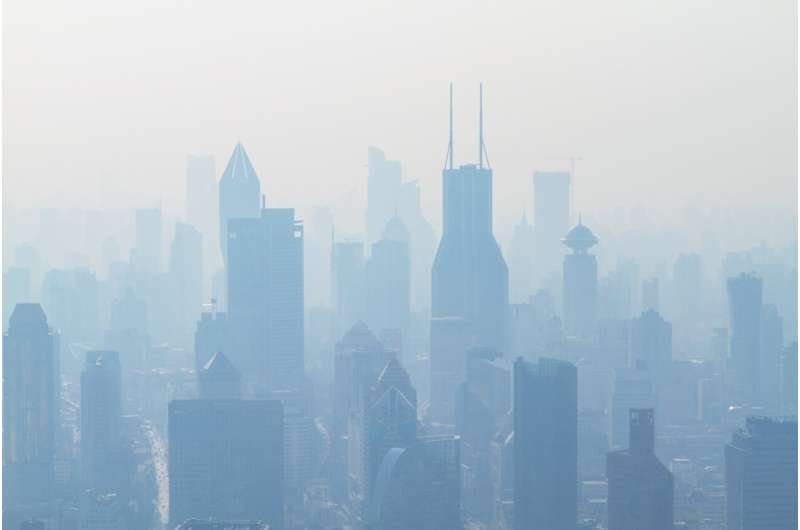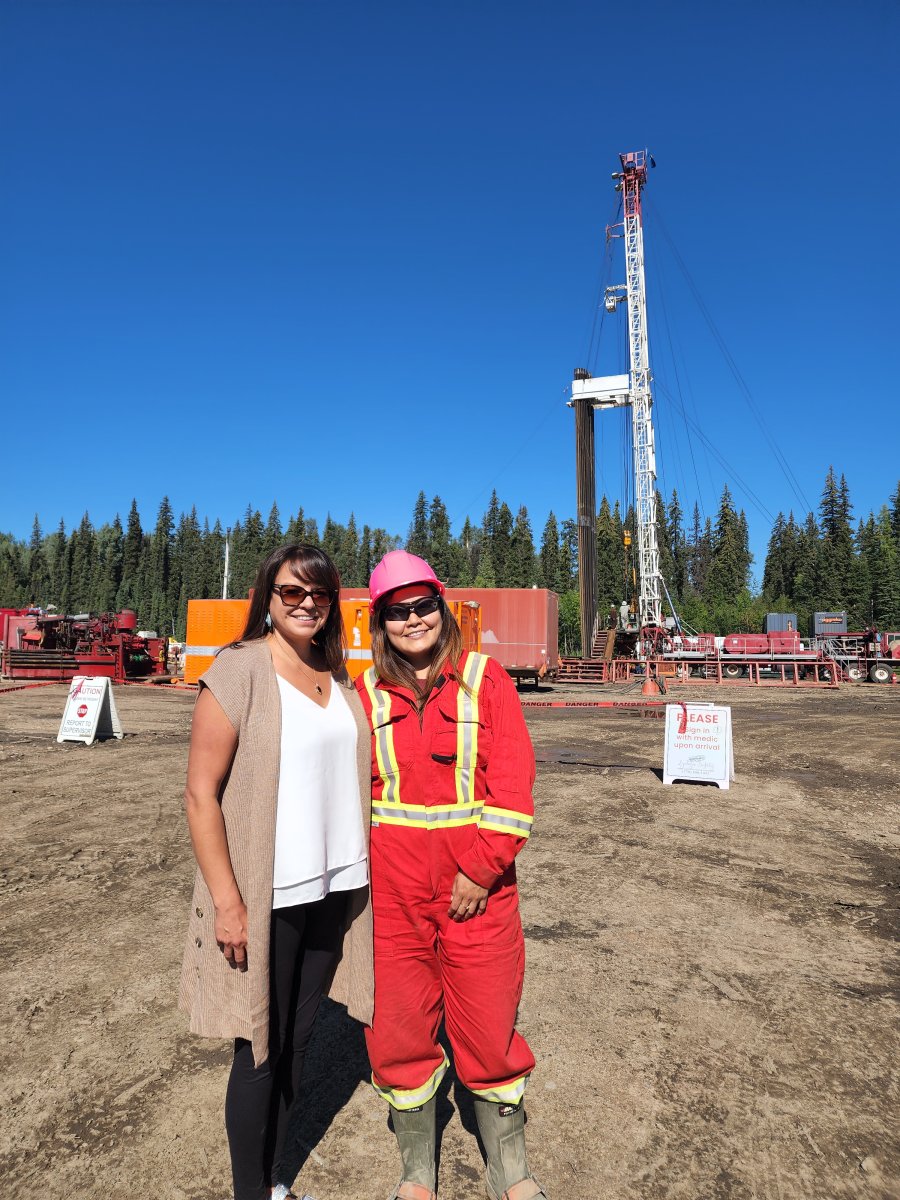New Brunswick
Snow Cone death 'all but certain,' researchers say about entangled right whale
One of only about 100 reproducing females, the North Atlantic right whale is 'in extremely poor health'
Scientists say there is no hope of survival for an endangered North Atlantic right whale sighted with more fishing gear wrapped around its body.
In a news release, the New England Aquarium said Snow Cone, the whale featured in a recent documentary about the endangered species, was spotted south of Massachusetts on Wednesday.
The whale, a 17-year-old female, appears to be "in extremely poor health," and "her death is all but certain."
Snow Cone was first seen entangled in March 2021. In July of this year, researchers spotted the whale in the Gulf of St. Lawrence still entangled. This week, the whale appeared to be carrying rope from a new entanglement on top of the old gear.
"Eighteen months ago, there was hope that disentanglement efforts could remove enough of the gear and that would allow her to survive," research assistant Sharon Hsu said in the release.
"Now, she's covered in orange cyamids [whale lice]. She was moving so slowly, she couldn't dive, she just sunk. She's suffering. There is no longer hope for her survival."
This is Snow Cone's fifth known entanglement, according to Heather Pettis, research scientist at the Anderson Cabot Center for Ocean Life. The right whale is also one of the last 100 reproducing females.
"Losing her is devastating," Pettis said.
Snow Cone's death means the likely loss of her lineage. Pettis said the whale's first calf was killed by a boat and her second calf, born while Snow Cone was entangled, has not been seen since April.
Pettis said some calves can survive without their mothers after eight months, but knowing Snow Cone was entangled while nursing her calf means it's not likely the young whale is still alive.
"We've never seen a calf fully weaned that early to a mom who's in this poor condition," she said.
The disentanglement team at the Center for Coastal Studies was alerted, but has not been able to immediately approach and help the whale because of the time of day, the whale's distance from the shore and weather conditions.
Pettis said considering Snow Cone's condition, even successful disentanglement might not keep her alive.
"It may provide some relief for sure ... But I don't think that we're looking at a case where she has much of a chance."
According to researchers, there are between 330 and 350 right whales remaining in the world. In 2015, their population was estimated to be 520.
Since 2017, 54 right whales have either been confirmed dead or seriously injured.
Premature or unusual right whale deaths have been blamed on ship strikes and entanglement in fishing gear.
The Government of Canada has been implementing new speed and fishing restrictions to mitigate the harm, and the fishing industry has been working on developing fishing technology that does not require the use of rope.
But the measures have not gone far enough to protect this particular whale.
"The case magnifies the urgent need for dramatic changes to fixed gear fisheries, including accelerating the transition to ropeless or 'on-demand' gear,' the release said.
Pettis said it's not too late for the whales to rebound. It will just take quick and decisive action from humans.
"If we allow them a buffer, stop killing them, stop seriously injuring them, we have no doubt that they'll be able to recover," she said.
"If we continue on this track, then we are looking at the potential extinction of a large whale species in our lifetime, and that thought, that, that possibility … should be absolutely horrific to people."
Suffering 'inexcusable'
The most dramatic health decline was seen in the last two months.
Pettis said more than 86 per cent of right whales have experienced at least one entanglement, and some individuals have experienced as many as eight.
"We are watching one of the few remaining reproductive North Atlantic right whale females slowly die, and the deterioration and suffering that she has experienced is inexcusable," she said.















